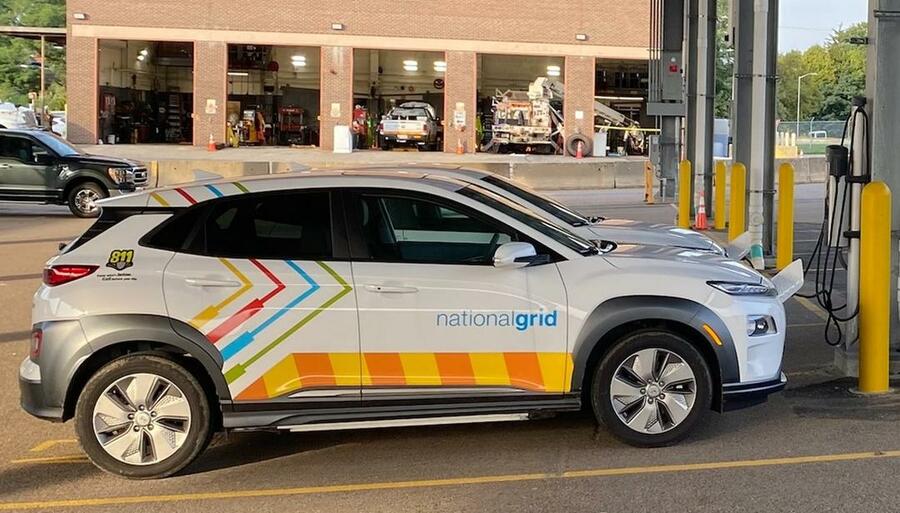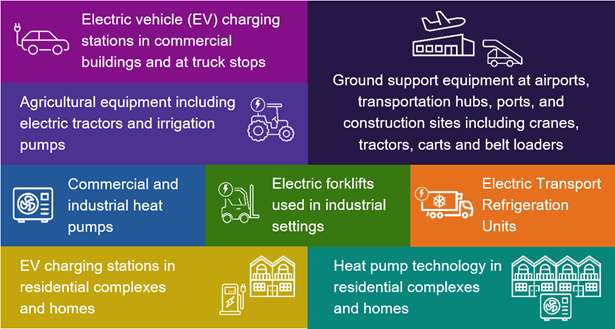Two key considerations for electrification initiatives
Utilities face several challenges in today’s energy market, including grid resilience, balancing the grid to meet customer demand, and attaining clean energy goals. In addition, many utility companies are confronting the issue of reduced revenue sources due to the greater adoption of energy-efficient equipment and the broader availability of renewable power generation. Today, utilities are seeking forward-looking solutions that balance the needs and demands of industry stakeholders, company shareholders, and customers while remaining financially strong.
Electrification initiatives, which focus on transitioning equipment and vehicles from fossil fuel sources to electric power, provide an opportunity for utilities to address these current challenges. Through electrification, utilities can promote the implementation of electric-powered equipment and technologies to increase their sales and delivery revenues.
Electrification can also enhance grid flexibility by leveling the distribution demand curve and allowing utilities to more easily adapt to peak energy demand periods. Further, by moving away from fossil fuels, utilities can support clean energy objectives that a number of state and local governments have adopted or are planning to implement.
There are two key factors that utilities should consider when designing and launching electrification initiatives. Prior to launching an electrification effort, a utility should ask themselves two key questions.
First, which specific areas or regions within the service territory should be targeted with electrification initiative outreach?
To address this question, utilities should perform advanced distribution analyses to determine optimal regions for electrification strategies and the infrastructure investments necessary to support long-term initiatives. These analyses allow the utility to identify pockets of infrastructure that require immediate attention and enable them to better forecast energy demand to address potential future capacity issues. Further, the information will create stronger business cases for infrastructure investments and allow the utility to confidently reinvest future revenue streams generated from electrification.
Second, how should services and corresponding incentives be structured for the electrification initiative in order to drive customer interest and participation?
The adoption of electric-powered equipment and vehicles can be influenced through two primary channels: financial incentives and utility program staff support. Utility-provided incentives can influence residential, commercial, and industrial customers who are considering an electrification project. Additionally, there are options for non-utility funding sources and financing that can spur electrification project implementation. Beyond incentives, utility program staff can support customers throughout the technical assessment, development, and implementation stages of an electrification project.
By focusing on electrification, utilities are able to concurrently increase revenues, improve grid flexibility, and support the achievement of clean energy goals. By proactively addressing these issues, utilities will be able to confidently invest in new infrastructure while helping their customers reduce carbon emissions at the same time.
Leidos has successfully implemented electrification initiatives at several utilities, including electrification master planning, EV site sizing studies, equipment electrification and EV rebates, and EV infrastructure assessments. Additionally, our team has performed advanced distribution analyses for utilities to help determine target regions for long-term electrification initiatives. To learn more about Leidos’ approach to launching beneficial electrification offerings within utility portfolios, request a follow-up from our team.




